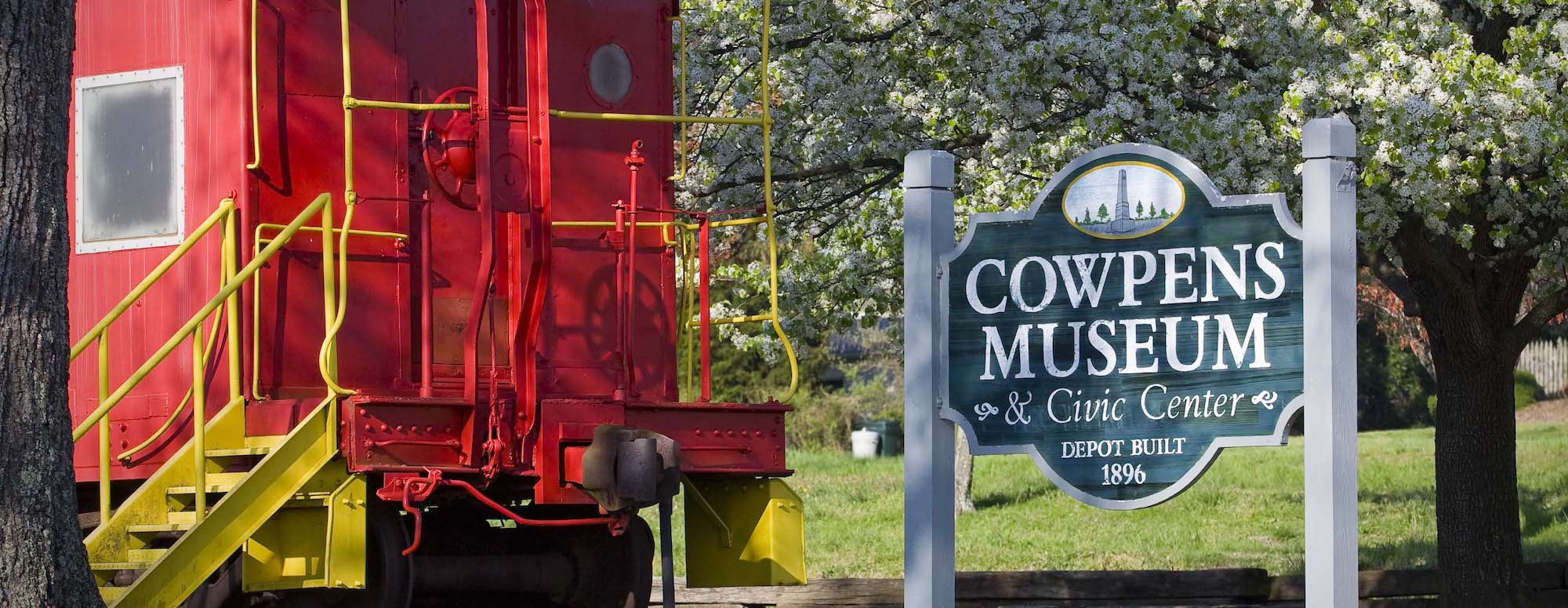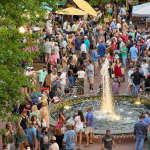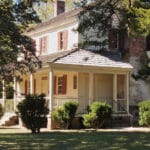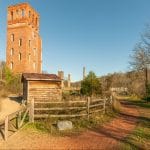Finding Local History at Four Spartanburg County Museums
Aren’t museums odd kinds of places? They’re often solemn and still, and yet they straddle a dizzying whirl of centuries in just a few feet of space. The best are as theatrical as they are informative. And it’s often the circumstantial details of a visit that transform a museum experience from mundane to magical. I’ve seen the attention of a room suddenly transfixed by the storytelling of a fellow visitor with a personal connection to some hallowed treasure on display.
For these experiences and the deep satisfaction that comes with connecting with a community’s roots, local museums are an ideal afternoon visit for both home- towners and out-of-towners.
 NOTE: THE REGIONAL HISTORY MUSEUM CLOSED IN JANUARY 2023. THE SPARTANBURG COUNTY HISTORICAL ASSOCIAITON PLANS FUTURE DISPLAYS OF HISTORICAL ITEMS/EXHIBITIONS AT THE SPARTANBURG COUNTY HEADQUARTERS LIBRARY.
NOTE: THE REGIONAL HISTORY MUSEUM CLOSED IN JANUARY 2023. THE SPARTANBURG COUNTY HISTORICAL ASSOCIAITON PLANS FUTURE DISPLAYS OF HISTORICAL ITEMS/EXHIBITIONS AT THE SPARTANBURG COUNTY HEADQUARTERS LIBRARY.
The Regional History Museum at the Chapman Cultural Center should certainly be your first stop among the fine museums our county has to offer. It is laid out in three galleries. The first and largest is a broad overview of Spartanburg County’s history—prehistoric soapstone bowls to interstate highway crossroads. Touchscreen panels and fun artifact nooks make the experience interactive, so even little kids have no trouble finding things to examine. A second gallery highlights the antebellum decorative arts of the region and includes some fine examples of a distinctive furniture inlay pattern that seems to have been the hallmark of a particular group of Spartanburg cabinetmakers. The third gallery covers unique topics that showcase the museum’s large and varied collection of artifacts. Topics can range from Spartanburg music history to the local beginnings of NASCAR. They change out these exhibits four or five times during the year, so one visit simply isn’t enough.
Some of my favorite artifacts here are a Civil War medicine chest (including some ghastly surgical equipment), a 500-pound bale of cotton left over from 1902, and the original microphone from South Carolina’s first commercial radio station, WSPA. The Regional History Museum also has some wonderful docents whose enthusiasm for particular chapters in local history is infectious. The museum’s regular hours are Tuesday through Saturday from 10am-5pm and occasionally on Sunday.
 Other museums in the county tend to focus on specific topics. The American Legion Museum at Duncan Park covers all things military, every branch of service from the First World War to the present. On your way in, take a moment to marvel at two military monuments that also call Duncan Park home. The more recent one at the Union Street entrance to the neighborhood honors more than 600 Spartanburg County veterans who have died in the line of duty since World War I. The second, at the entrance to the American Legion building is Spartanburg’s Confederate monument, dating from 1910. Originally located downtown, it was relocated here in 1966.
Other museums in the county tend to focus on specific topics. The American Legion Museum at Duncan Park covers all things military, every branch of service from the First World War to the present. On your way in, take a moment to marvel at two military monuments that also call Duncan Park home. The more recent one at the Union Street entrance to the neighborhood honors more than 600 Spartanburg County veterans who have died in the line of duty since World War I. The second, at the entrance to the American Legion building is Spartanburg’s Confederate monument, dating from 1910. Originally located downtown, it was relocated here in 1966.
The American Legion Museum’s collection includes uniforms, photographs, flags, weapons and models. It’s an immersive, comprehensive experience and is ably staffed by knowledgeable volunteers. They also have a small area devoted to American Legion baseball. Their regular hours are Monday through Friday from 10am-2pm.
 Spartanburg’s old nickname, “the Hub City,” has enjoyed a revival in recent years, but its origin as a reference to the many railroad lines that converged here is often overlooked. The Hub City Railroad Museum has done a great deal to correct that, tracing the beginnings of local railroads back to 1849, when an effort to enlist funding and popular support began in earnest. Located in Spartanburg’s historic Magnolia Street Depot, their collection includes a 1940s caboose and hundreds of tools, documents, photographs and railroad ephemera. The museum also successfully connects the booming railroads to the local industries it made possible, especially textiles, peaches and Hayne Shop, a major train car repair facility once located near the fairgrounds. Since it’s located at the depot, it’s also likely that you’ll be treated to a passing freight train or two during your visit. The museum’s regular hours are Wednesdays 10am-2pm and Saturdays 8am-2pm.
Spartanburg’s old nickname, “the Hub City,” has enjoyed a revival in recent years, but its origin as a reference to the many railroad lines that converged here is often overlooked. The Hub City Railroad Museum has done a great deal to correct that, tracing the beginnings of local railroads back to 1849, when an effort to enlist funding and popular support began in earnest. Located in Spartanburg’s historic Magnolia Street Depot, their collection includes a 1940s caboose and hundreds of tools, documents, photographs and railroad ephemera. The museum also successfully connects the booming railroads to the local industries it made possible, especially textiles, peaches and Hayne Shop, a major train car repair facility once located near the fairgrounds. Since it’s located at the depot, it’s also likely that you’ll be treated to a passing freight train or two during your visit. The museum’s regular hours are Wednesdays 10am-2pm and Saturdays 8am-2pm.
Many of Spartanburg County’s smaller towns also have small community museums. One of the best is in the old freight depot in Cowpens, where a small museum covers some of the town’s history as well as the story of the USS Cowpens, a World War II naval vessel. It’s open during special events and by appointment. No matter your curiosity about local history, there’s a museum to spark your interest. It’s a good thing to know how your community got here.
Brad Steinecke, Produced in cooperation with the HubCity Writers Project.
 Brad Steinecke is a Spartanburg native who works as an archivist and historian for the Spartanburg County Public Libraries. He, his wife and son live in Hampton Heights.
Brad Steinecke is a Spartanburg native who works as an archivist and historian for the Spartanburg County Public Libraries. He, his wife and son live in Hampton Heights.






